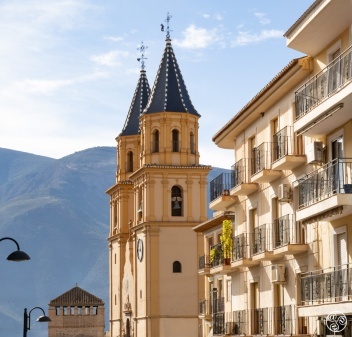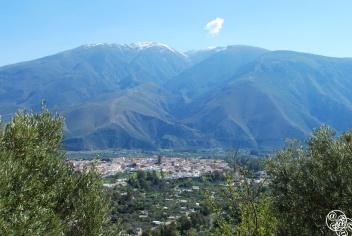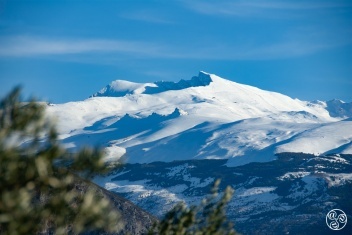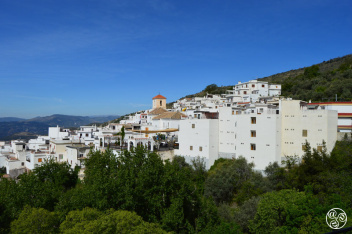Órgiva
Located in the fertile valley of the Guadalfeo River, Órgiva is the largest town in the western Alpujarras. At an altitude of 450m, Órgiva enjoys a milder climate than many other places in the Alpujarras and is surrounded by olive, lemon and orange groves. Chris Stewart of 'Driving Over Lemons' fame lives nearby and his books have done much to boost the local tourist industry and attract more northern Europeans, mainly from the UK, to settle in the area. At last count, EU expats made up about a tenth of the town's 5,000 inhabitants. Órgiva has a somewhat bohemian atmosphere, as it is also a magnet for those seeking an alternative lifestyle. It has a population of around 5,700..




